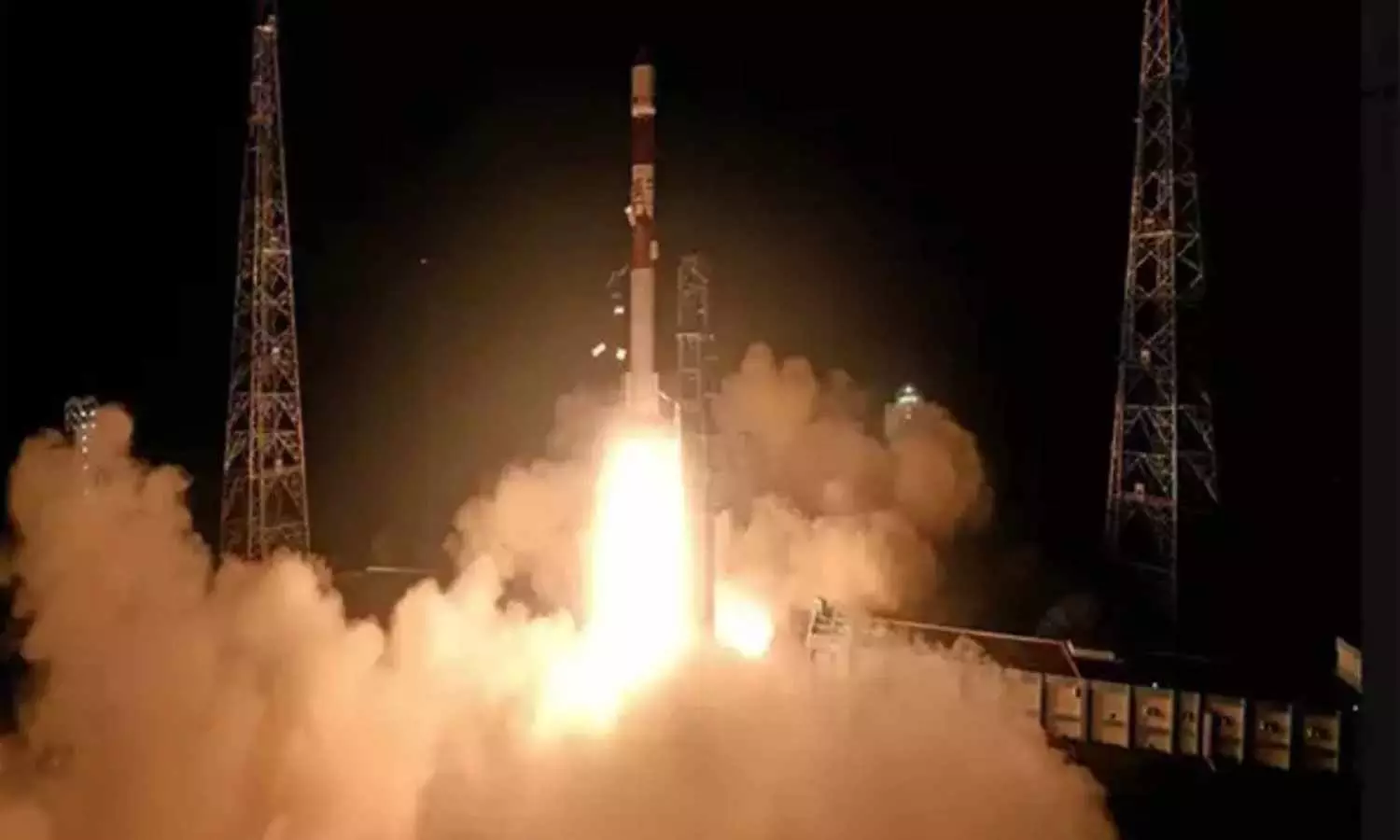Chandrayaan-4 set to launch in 2027: Centre
The Chandrayaan-4 mission will launch in 2027 to bring back lunar samples that stay intact and uncontaminated.
Chandrayaan-4 set to launch in 2027: Centre

The two initial spacecraft missions thoroughly examined the Moon's surface and subsurface structures together with its exosphere through global orbiter platforms. Chandrayaan-3 achieved the first successful soft-landing on the Moon’s southern polar region which allowed for robotic exploration and in-situ analysis of both the lunar surface and nearby plasma. The mission documented lunar ground vibrations at the Moon's southern polar areas for the first time. The Chandrayaan-4 mission will need two launches of the heavy-lift LVM-3 rocket to transport its lunar mission components for orbital assembly.
Singh explained to PTI Videos that the Chandrayaan-4 mission plans to obtain lunar surface samples and transport them back to Earth. S Somanath who used to lead Isro announced during his October speech at Akashvani that Chandrayaan-4 is expected to launch in 2028.
The Union Cabinet authorized two space science missions in September of the previous year which included Chandrayaan-4 and the Venus Orbiter Mission (VOM) to explore various aspects of Venus such as its surface and atmosphere. The website for the Indian Space Research Organisation (Isro) indicates that the Venus Orbiter Mission (VOM) launch date is set for March 2028.
The Indian Space Research Organisation website states that these two missions form essential steps toward Prime Minister Narendra Modi’s Space Vision 2047 which proposes to establish the Bharatiya Antariksha Station in orbit by 2035. By 2040 Indian authorities plan to achieve a Moon landing mission.
According to Singh the country will undertake two missions, Gaganyaan and Samudrayaan, which are scheduled for launch in 2026. The Gaganyaan mission aims to transport Indian astronauts using a special spacecraft to low-earth orbit before safely returning them. The Samudrayaan mission plans to send three scientists in a submersible to a depth of 6,000 metres in the deep ocean where they will explore the seabed and discover vast resources such as critical minerals and rare metals along with new marine biodiversity. The National Institute of Ocean Technology in Chennai developed a Remotely Operated Vehicle capable of reaching 6,000 metres depth along with multiple underwater instruments since it functions as an autonomous institute under MoES.

